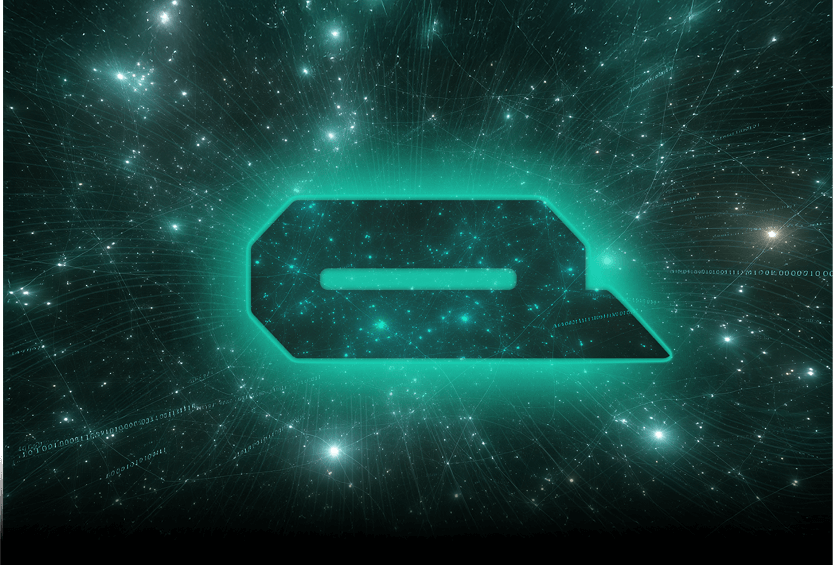The Tether Expands Into AI with the launch of QVAC, a groundbreaking decentralized AI platform announced on May 5, 2025. Designed to run on local devices, QVAC integrates USDT and Bitcoin payments, aiming to create a privacy-focused, peer-to-peer AI network. This move positions Tether, the leading stablecoin issuer, as a key player in the AI-blockchain intersection. This article explores QVAC’s features, strategic importance, and its potential to reshape the AI industry.
A New Frontier for Tether
Tether Expands Into AI through QVAC, short for QuantumVerse Automatic Computer, a platform that operates without centralized control or API keys. Unlike traditional AI systems reliant on cloud servers, QVAC runs directly on devices like smartphones and computers, enhancing user privacy. Tether’s CEO, Paolo Ardoino, envisions a network of billions of AI agents interacting autonomously, powered by USDT and Bitcoin transactions. This aligns with Tether’s goal to build open-source, scalable AI infrastructure.
The platform integrates Tether’s Wallet Development Kit (WDK), enabling seamless crypto payments across applications. QVAC also incorporates Keet, a Tether-backed peer-to-peer messaging app, to support secure, distributed data interactions. These features make QVAC a versatile foundation for developers building decentralized applications (dApps) in the AI industry.
Strategic Vision and Investments
Tether Expands Into AI as part of a broader strategy to dominate the AI-blockchain convergence, a market valued at over $25 billion, according to industry estimates. Tether’s prior investments, including $610 million in Germany’s Northern Data for AI-focused data centers, underscore its commitment. These funds, allocated in 2023, bolster QVAC’s infrastructure, ensuring robust hardware support for decentralized AI.
QVAC’s modular, open-source design allows developers to create adaptive dApps, from financial tools to privacy-focused communication platforms. By eliminating centralized points of failure, QVAC offers a resilient alternative to mainstream AI models, appealing to users wary of data monopolies. Online discussions highlight excitement, with developers praising its potential to democratize AI access, though some note the challenge of scaling on-device processing.
Read more: Tether Steps into AI: Revolutionizing Open-Source Intelligence
Redefining AI and Crypto Integration
Tether Expands Into AI to challenge centralized tech giants entering the crypto space. QVAC’s peer-to-peer architecture enables AI agents to transact directly, bypassing intermediaries. This could revolutionize industries like finance, where USDT payments streamline cross-border transfers, or gaming, where AI-driven dApps enhance user experiences. The platform’s integration with Bitcoin further broadens its appeal, tapping into the crypto community’s preference for trustless systems.
Tether’s vision draws inspiration from science fiction, aiming to weave AI into the fabric of digital economies. By open-sourcing QVAC, Tether invites global developers to contribute, fostering innovation in the AI industry. The platform’s focus on privacy aligns with growing demand for data sovereignty, especially in regions with strict regulations.
Implications for the Blockchain Ecosystem

Tether Expands Into AI, positioning itself against competitors like SingularityNET, which also blends AI and blockchain. QVAC’s unique on-device runtime and crypto-native payments set it apart, potentially attracting developers and investors. With USDT’s $150 billion market cap, Tether has the financial muscle to drive adoption, possibly boosting the stablecoin issuer’s influence in DeFi and beyond.
Challenges remain, including ensuring device compatibility and managing energy demands for on-device AI. However, Tether’s $610 million investment in Northern Data signals readiness to tackle these hurdles. The launch could spur growth in AI-focused tokens, as the sector’s $25 billion market cap suggests strong investor interest.
Conclusion
Tether Expands Into AI with QVAC, a decentralized platform integrating USDT, Bitcoin, and peer-to-peer AI. Backed by $610 million in infrastructure investments, QVAC aims to redefine the AI industry by prioritizing privacy and open-source innovation. As Tether challenges centralized AI models, its stablecoin issuer status strengthens its push for a decentralized future. QVAC’s success could reshape blockchain and AI, driving adoption across global markets.








